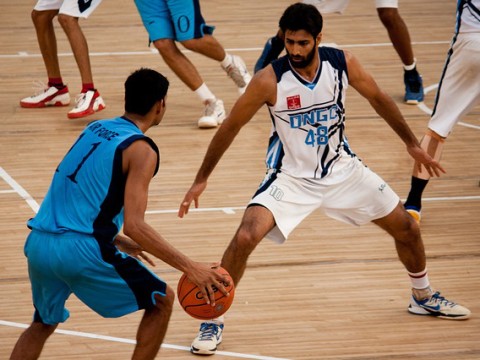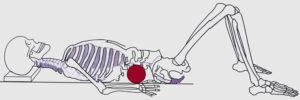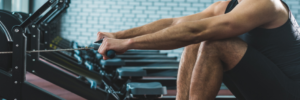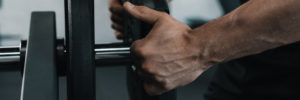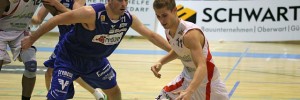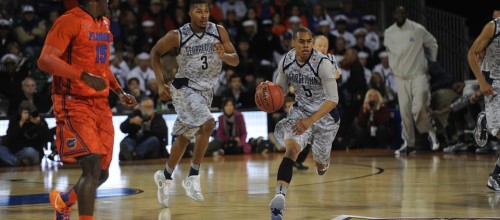
Basketball Default Posture. What is it?
You may be wondering… what does the term “Default Posture” refer too?
Well, “Default Posture” is a term that I got from Sports Science Director Alex Mckechnie and he uses this term to describe the “normal” posture of an athlete playing a sport or just an individual performing an everyday activity. For example, a basketball athlete is always assuming a specific position/posture when they shoot the ball. This position/posture is required for them to play the sport and shoot the ball. However, over time the basketball athlete will become accustomed to this position, and their neurological system will begin to assume this position in everyday activities without them even knowing it.
Take a guy like Jonas Valancinuas, who is a right-handed shooter. Every time he shoots the ball with his right hand, you will notice right side internal hip rotation, as well as anterior hip rotation. Furthermore, you may notice that his right shoulder and pectoralis muscles are stronger than his left. Now, this applies to all right-handed shooters in basketball, and it’s not just limited to Jonas. Also, keep in mind a guy like Jonas or any NBA player is taking over a few hundred shots per day. Therefore, if he is taking over a few hundred shots per day, he is going to continuously assume this movement of hip rotation, as well as further develop his right shoulder and pectoralis muscles.
Now, what is the problem with this?
The problem with this is that ‘dysfunction’ and ‘asymmetry’ will occur or could potentially occur. You’ll tend to see in the gym with basketball players, especially when their squatting, is that they will shift their hips to the right because they are programmed to think they are taking a shot. When a basketball player is taking a shot, they usually will bend their knees and perform a partial squat and then rotate their hip. Therefore, this will continuously contribute to dysfunction if they are squatting and their hips continue to shift. Things like a pelvic tilt, lordosis, hip problems or back problems could arise over time if this were to continue. Now, the thing is that we can’t avoid this problem because this is ‘normal’ basketball posture/position for shooting. However, when we’re in the gym, we can ‘avoid’ this from occurring, especially on an exercise like squats by ‘cueing’ the athlete to stabilize their hips.
For a basketball athlete, when their squatting, a common way to cue them is to put your hand on their right hip and verbalize to them that their shifting when they squat. By placing your hand on their right hip, it helps provide kinesthetic feedback to the athlete and lets them know that they need to avoid shifting to the right.
Ultimately, by doing this, it helps clean up basketball players squats and reduces the amount of dysfunction that may occur.
As far as having a stronger right shoulder and pec than the left side, it’s important as a coach to focus on developing the left side a little bit more in the gym. One way a coach can do this is if they’re having an athlete perform a unilateral exercise, always have them start with the left first, as it’s more ‘fresh’ than the right side (Note: For right-handed shooter’s only). This could help develop a little more strength on the opposite side, as we’re putting a bit more focus on it. Ultimately, it may be very tough to get equal size and strength on the opposite side, but it’s essential that we try too.
Another thing that a coach should address is the stiffness the athlete may experience on their right side. Typically, a right-handed shooter is going to be very stiff within the ‘shoulder,’ ‘pec,’ ‘traps’ and ‘lats.’ Therefore, this means more tissue work on the shooting side and more strengthening on the ‘non-shooting side.’
Overall, these are just a few common postural things you will see with basketball players, and it’s essential that we focus on fixing and preventing these issues in the gym!
Ciao,
Remi

